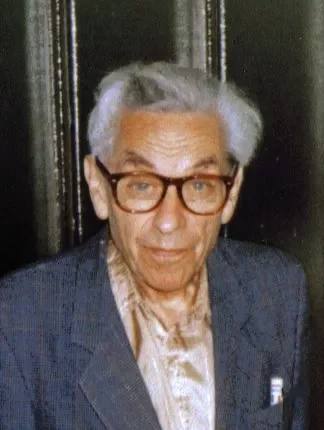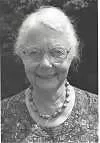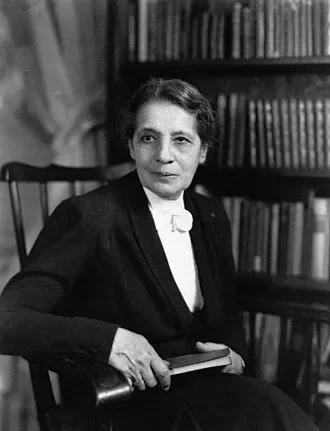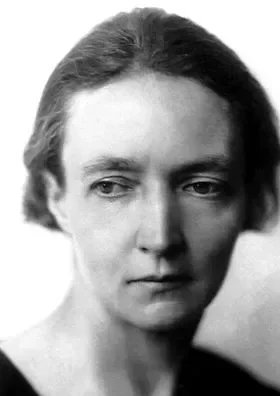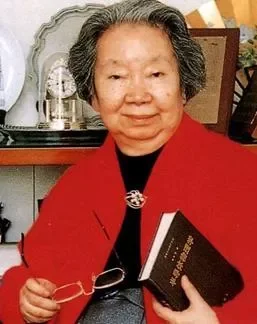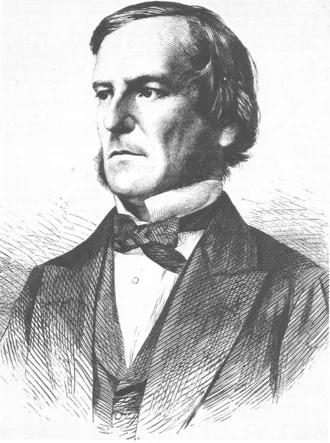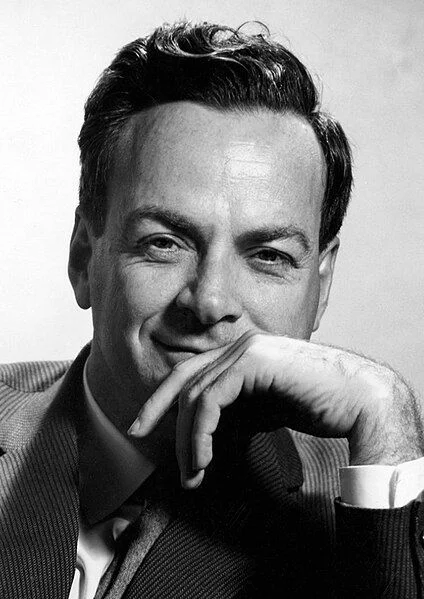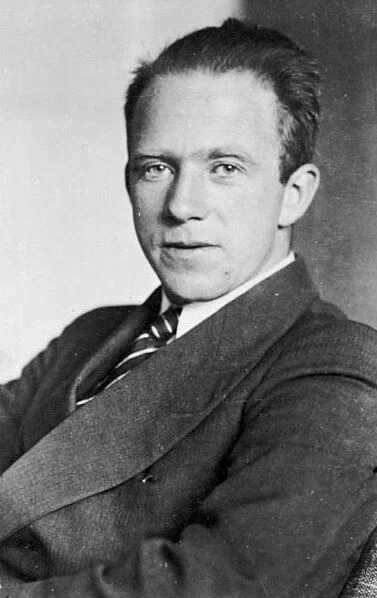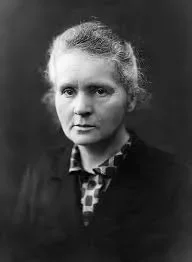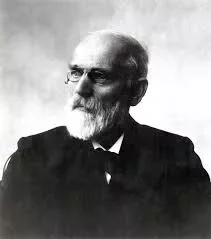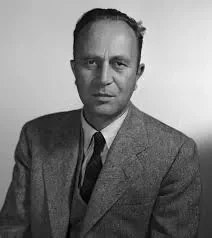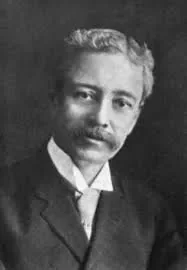Real Celebrities Never Die!
OR
Search For Past Celebrities Whose Birthday You Share

source:wikipedia.org
James Clerk Maxwell
Birthday:
13 Jun, 1831
Date of Death:
05 Nov, 1879
Cause of death:
Abdominal cancer
Nationality:
Scottish
Famous As:
Professor
Age at the time of death:
48
Early Childhood and Family Background
James Clerk Maxwell, one of the greatest physicists of all time, was born on June 13, 1831 in Edinburgh, Scotland. Maxwell is renowned for his pioneering work in electromagnetism.
Maxwell was born into a well-to-do family. His father, John Clerk Maxwell, was a lawyer, and his mother, Frances Cay, came from a prominent family. Sadly, he lost his mother at eight years old, and his father and aunt raised him. From a young age, Maxwell displayed an insatiable curiosity about the world around him. He would often ask questions like, “What’s the go of that?”—a phrase that became a hallmark of his inquisitive nature.
Education and Formative Years
Maxwell’s early education was shaped by private tutors, but his brilliance soon outgrew their capabilities. At the age of 16, he enrolled at the University of Edinburgh, where he began publishing scientific papers. By 19, he moved to Cambridge University, where he studied mathematics at Trinity College. It was here that Maxwell’s talents flourished, and he graduated with top honors in 1854.
Personal Life
In 1858, Maxwell married Katherine Mary Dewar, the daughter of the principal of Marischal College in Aberdeen. Their marriage was a happy one, and Katherine often assisted Maxwell in his experiments. Though they had no children, their partnership was deeply supportive, with Katherine playing a key role in his scientific work.
Professional Career and Achievements
Maxwell’s career was marked by a series of prestigious academic positions. He started his teaching career at Marischal College in Aberdeen when he was just 25. After that, he went to King’s College London and finally landed the first Cavendish Professorship in Physics at Cambridge.
He’s best known for creating Maxwell’s equations, which are four equations describing how electricity and magnetism interact. These equations showed how electricity, magnetism, and light are all connected and predicted electromagnetic waves. This work led to things like radio, TV, and radar.
In addition, Maxwell made pioneering contributions to the kinetic theory of gases, detailing the behavior of gas molecules. Moreover, he created the world’s first color photograph with red, green, and blue filters, highlighting his scientific diversity.
Major Contributions and Impact
Maxwell’s work was revolutionary for physics. His equations explained existing phenomena and successfully predicted novel ones like radio waves. His ideas influenced later scientists, including Albert Einstein, who credited Maxwell’s work as a foundation for his theory of relativity.
Maxwell’s impact extends beyond physics. His methods of combining mathematics and experimentation set a standard for scientific inquiry. Today, he is often ranked alongside giants like Isaac Newton and Albert Einstein for his contributions to science.
James Clerk Maxwell's Quote's
Death and Legacy
James Clerk Maxwell died of abdominal cancer in Cambridge, England on November 5, 1879, at age 48. Though his life was short, his impact remains. His lasting impact is visible in both modern technology and scientific thought.
Name:
James Clerk Maxwell
Popular Name:
James Clerk Maxwell
Gender:
Male
Cause of Death:
Abdominal cancer
Spouse:
Place of Birth:
Edinburgh, Scotland
Place of Death:
Cambridge, England
Occupation / Profession:
Personality Type
Logician: Innovative inventors with an unquenchable thirst for knowledge. Maxwell was analytical, innovative, and deeply theoretical. He was known for his intellectual curiosity and ability to connect abstract ideas.
His equations predicted the existence of radio waves.
He developed the first color photograph using red, green, and blue filters.
Albert Einstein kept a photograph of Maxwell on his study wall.
Maxwell was a child prodigy and wrote his first scientific paper at age 14.
Influenced the development of quantum mechanics and relativity.
Pioneered the kinetic theory of gases
Produced the first durable color photograph
Formulated Maxwell’s equations, which describe electromagnetism
